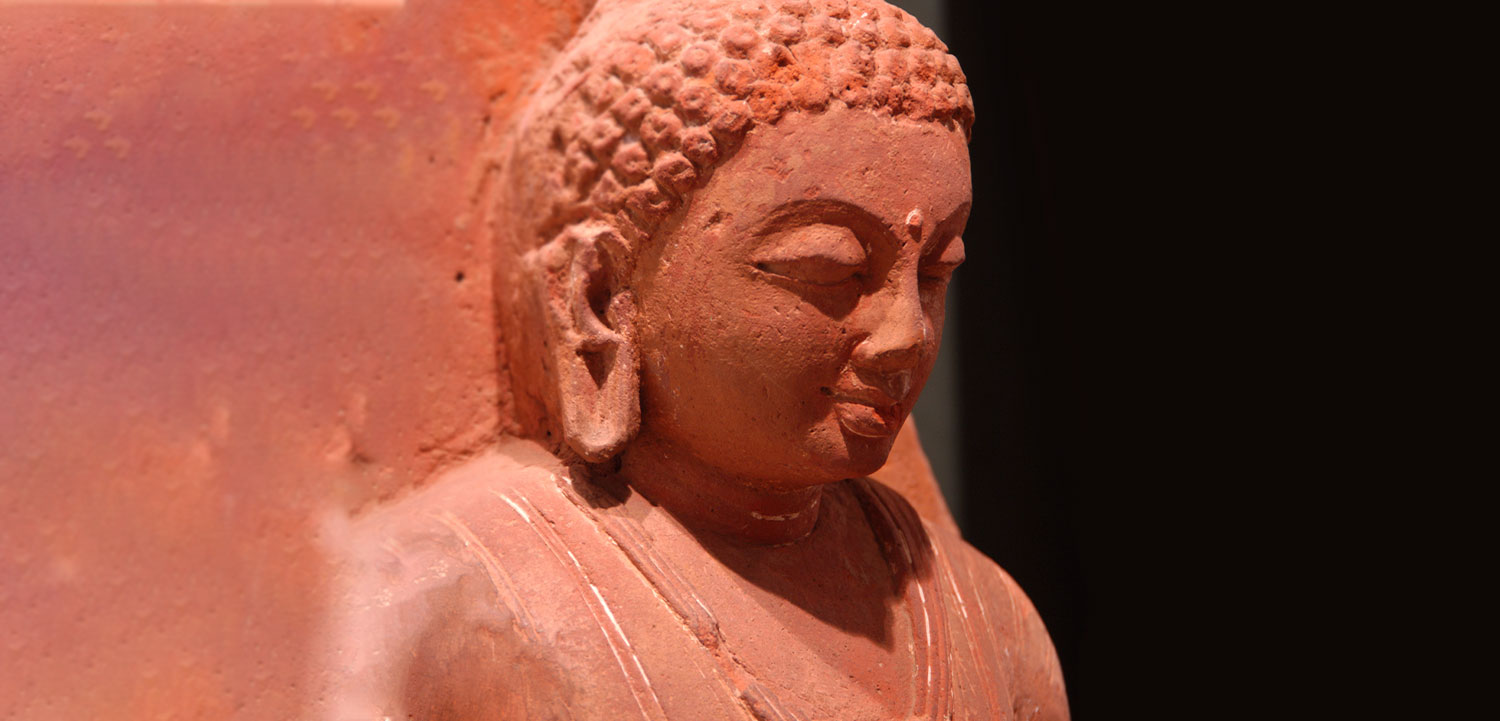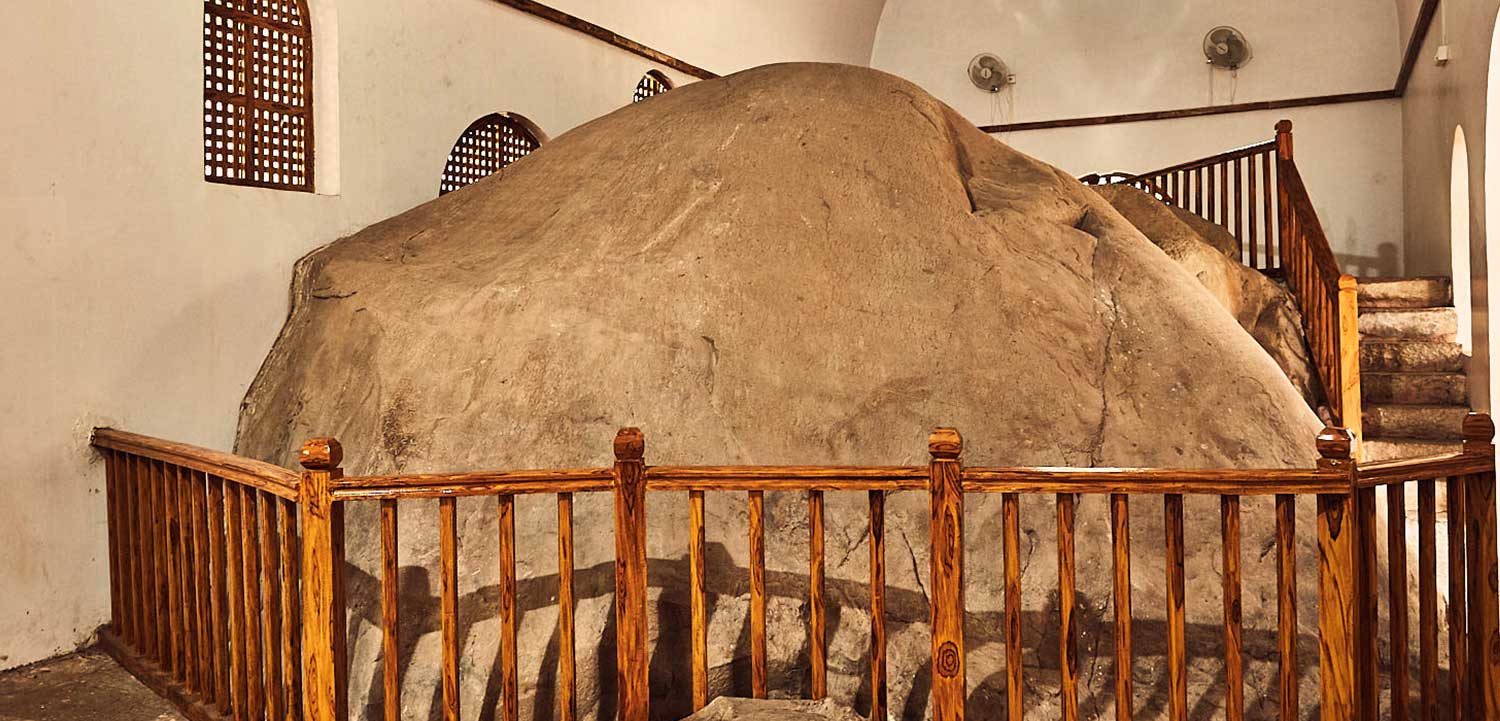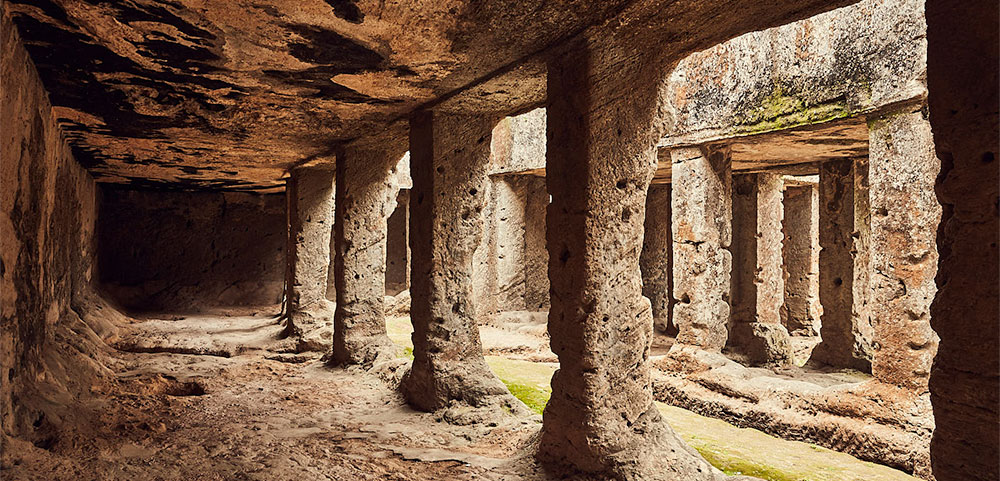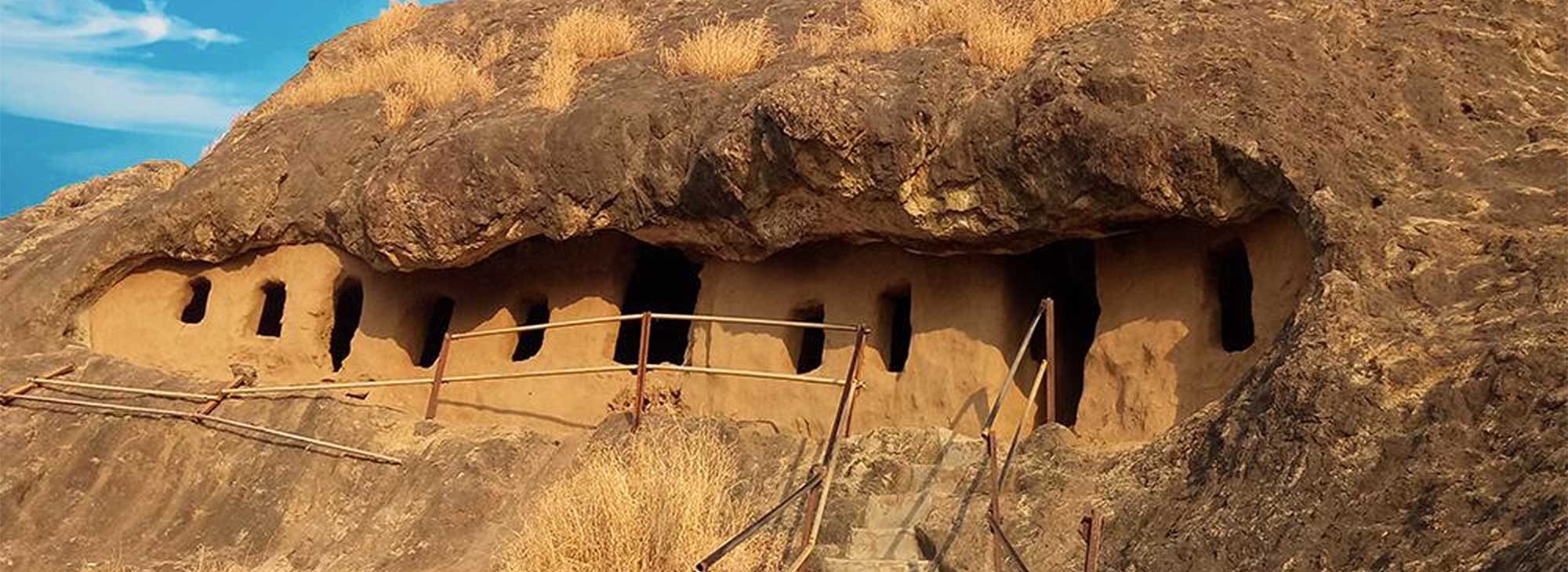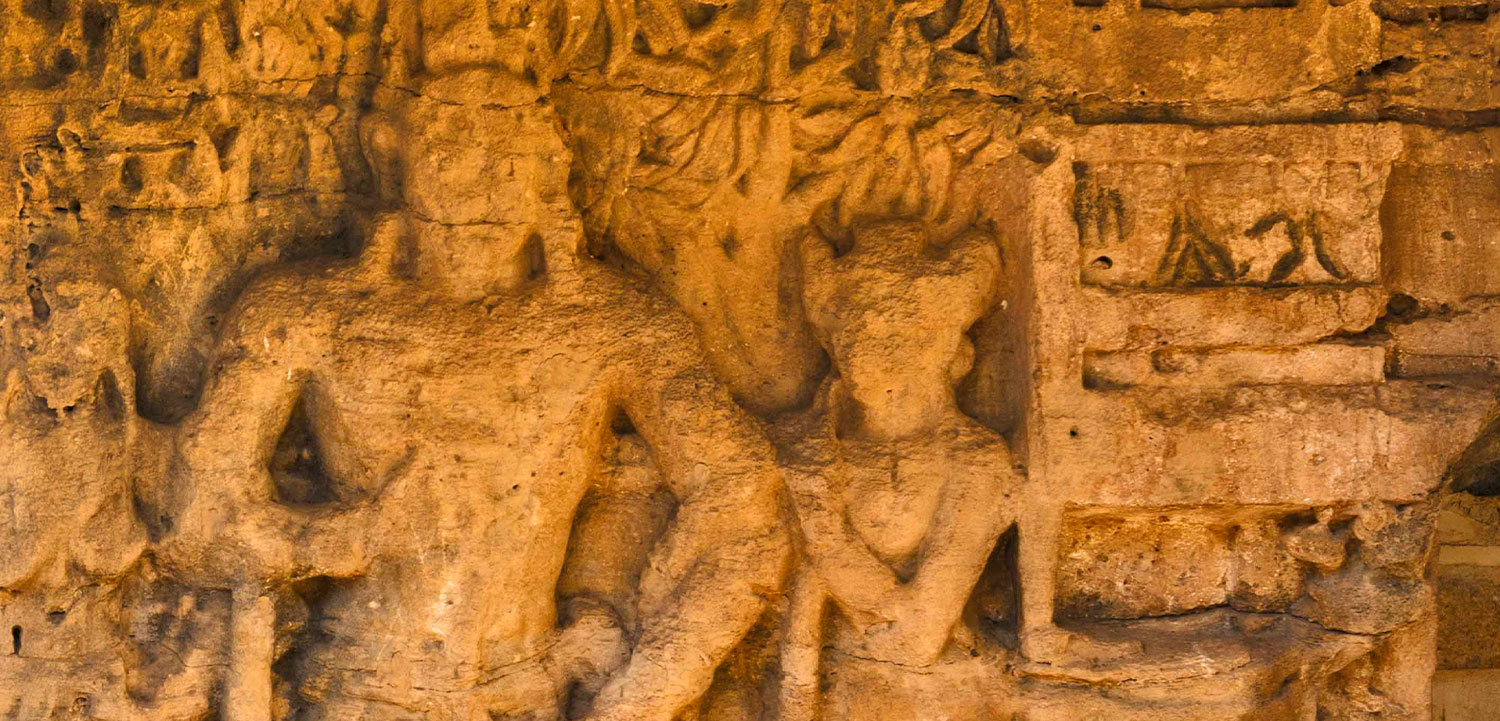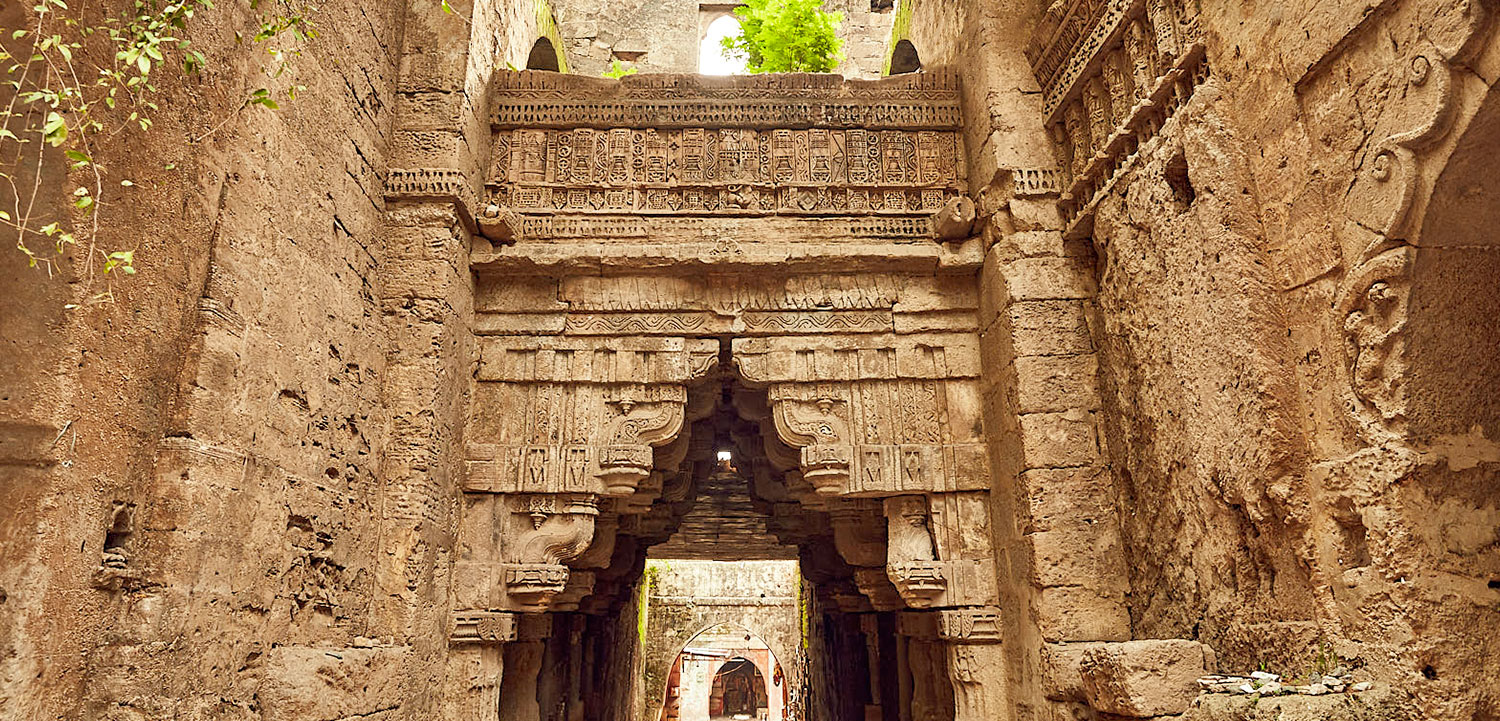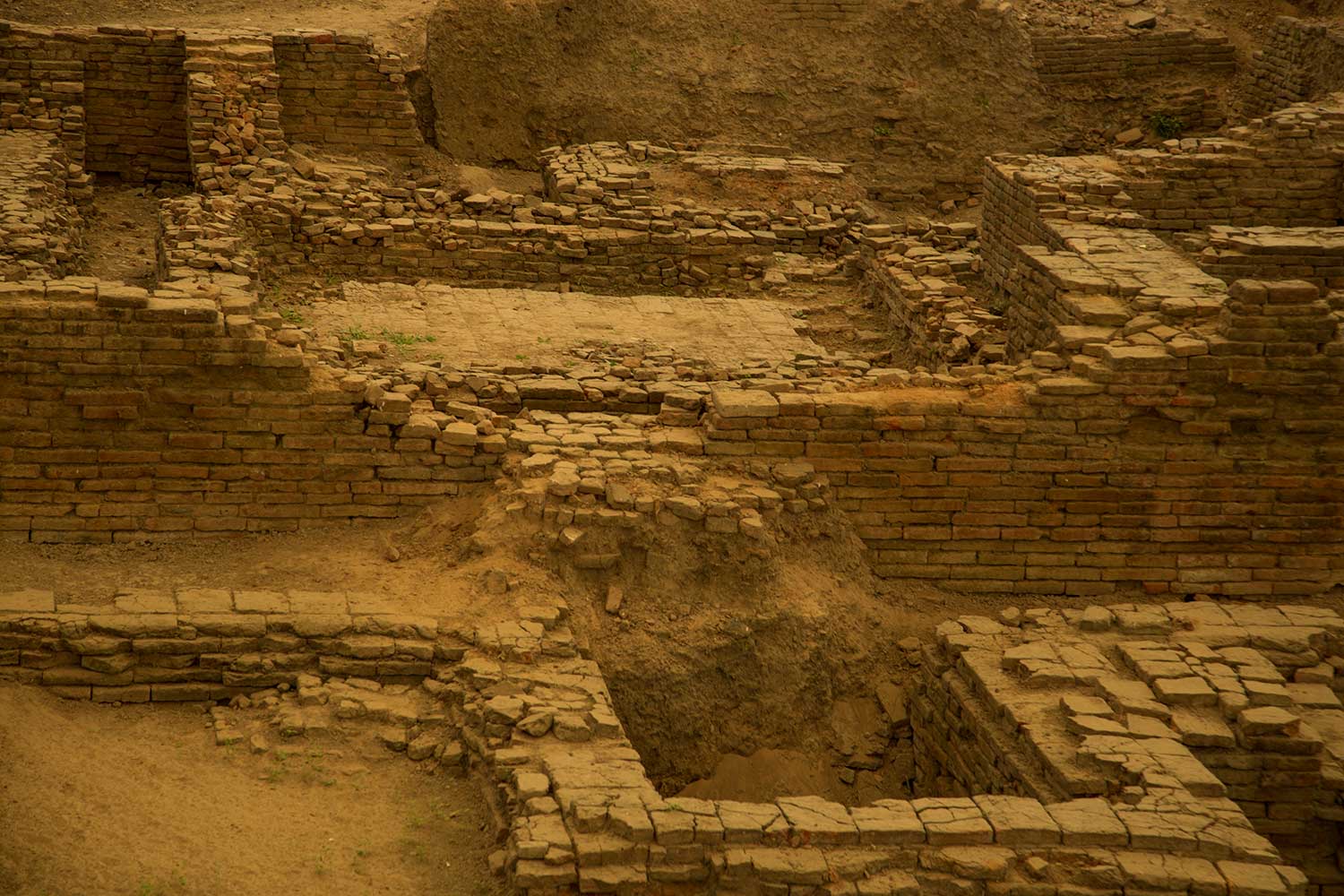Ashok Edicts - Junagadh
Ashoka’s Rock Edicts belong to 250 BC where around 14 edicts of Ashoka are located on the route to the Mount Girnar Hills.
This rock edict is a huge stone and the carving in Brahmi script in Pali language mention the resistance to greed and animal sacrifice and also moralize the principles of purity of thought, secularism in thinking, kindness and gratitude. The other major part of Junagadh’s Buddhist heritage are the stone edicts of Emperor Ashoka, found on the road towards Mt. Girnar. When Ashoka famously converted to Buddhism and renounced violence, on his way to being one of India’s most revered and respected rulers of all time, he had edicts carved in stone and placed in sites all across India (ranging as far as Kandahar in present-day Afghanistan in the West, modern Bangladesh in the East, Andhra Pradesh in the south) with precepts for living a virtuous life, respecting others and creating a just society. Speaking in moral and ethical terms, not religious ones (though the Buddha is mentioned), the edicts reach out across faith traditions. Tellingly, in Junagadh one edict that is visible (though you won’t understand it unless you read Pali) reads: “To foster one’s own sect, depreciating the others out of affection for one’s own, to exalt its merit, is to do the worst harm to one’s own sect.” This is wise counsel calling to us from 2300 years ago.
Institute of Indology - Ahmedabad
The Lalbhai Dalpathbhai Institute of Indology, Ahmedabad was started in 1956, to preserve a repository of rare art, manuscripts and archaeological objects of India. In 1984, a museum was opened to cover topics ranging from Buddhism, Jainism and its darshans (expressions), grammar, tantra and poetry, Vedas and other different branches of Indian philosophy. The museum houses about 76,000 hand written Jain manuscripts with 500 illustrated versions and 45,000 printed books, making it the largest collection of Jain scripts. It has precious old books written in languages such as Sanskrit, Pali, Old Gujarati, Apabhramsa, Hindi and Rajasthani. It also showcases Indian sculptures, terracottas, miniature paintings, cloth paintings, painted scrolls, bronzes, woodwork, Indian coins, textiles and decorative art, paintings of Rabindranath Tagore and art of Nepal and Tibet.
Vadnagar - Mehsana
Buddhist Monastery -
The recent excavations have brought to light a Buddhist Monastery belonging to the 2nd-7th century AD, within the fortified area of Vadnagar.
The monastery had two votive stupas and an open central count yard around which initially nine cells were constructed. The arrangement of cells around the central courtyard creates a swastika-like pattern.
Buddhist Antiquities - The recent excavations have brought to light a Buddhist Monastery belonging to the 2nd-7th century AD, within the fortified area of Vadnagar.
The monastery had two votive stupas and an open central count yard around which initially nine cells were constructed. The arrangement of cells around the central courtyard creates a swastika-like pattern.
Taranga Hills - Mehsana
Northeast of the main gate of the fort is a cave where the air is extraordinarily cool. The cave, locally known as Jogida ni Gufa, was found and used by Buddhist monks thousands of years ago. It has Buddhist sculptures carved in stone that resemble the Bodhi Vriksha or Kalpavruksha and other Buddhist motifs. You also come across some beautiful Buddhist sculptures on the mountain on the way to the cave. Taranga Hills, 20 km from Vadnagar, on the Aravali range, harbours profound connections with Buddhism. The main idols enshrined in the Taranmata and Dharanmata temples are of Buddhist goddess Tara. Broken terracotta images of Buddha, four carved images of Dhyani Buddha on a stone plate, stone and brick walls inside rock shelters, etc. have been discovered from here.
Talaja Hills - Bhavnagar
The serene town of Talaja on the banks of Shetrunji River, has around 30 ancient Buddhist caves cut into the rocks, with perfectly identifiable carvings of Boddhisatva. The most impressive structure is the Ebhala Mandapa, a large hall with four octagonal pillars in the front.
Junagadh Caves -
Junagadh Junagadh Caves - Khapra Kodia Cave, Junagadh On the basis of scribbles and short cursive letters on the wall, Khapra Kodia caves are datable to 3rd-4th century AD. This is the plainest of all cave groups. The chambers are cut into an east-west longitudinal ridge. The important components of the caves are the oblong western wing and the 'L' shaped wing used by Monks as a monsoon shelter.
Baba Pyara Caves - The Group of caves lying close to the Modhimath is known as Baba Pyara. The northern group of it has four caves. The next set of caves lies little to the south of the eastern end of the first group and has a unified plan with a spacious court and a chaitya hall, apsidal in shape. The cave pillars and door jambs of the caves suggest a clear impact of art traditions of Satavahanas period and are datable to 1st-2nd century AD on the basis of architecture.
Khambhalida Caves - Rajkot At Khambhalida there are three caves, the central one being a 'chaitya' with a worn out stupa. The entrance of the chaitya is flanked by two large sculptures of the Bodhisatvas-Padmapani on the right and Vajrapani on the left. These caves dates back to 4th-5th century AD and are scooped out from the local limestone rock.
Dev Ni Mori - Shamlaji The remains of a Buddhist monastery belonging to 3rd-4th century AD have been unearthed from Devni Mori, about two km from Shamlaji. The presence of a stupa and monastery has reconfirmed that during the early centuries of Christian era, there had been a strong presence of Buddhists in Vadnagar. Excavating of the stupa brought to light an inscribed casket which contained relics of Budhha. The inscription clearly mentions that the casket contains bodily relics of Buddha
. Siyot Caves - Northwest Kutch Dated around the first century AD, Siyot Caves have an east facing sanctum and an ambulatory. Siyot must have been on of the 80 monastic sites that the 7th century Chinese travellers reported at the mouth of Indus River.
Kadia Dungar Caves - Vadodra Seven rock-cut caves and monolithic lion pillars are present at Kadia Dungar, near Bharuch. The caves suggest that they were viharas. A Brick stupa was also found in the foothills. These caves were in use during Gujarat
courtsey by Gujarat tourism
gujarat caves foortprint tarangahills
